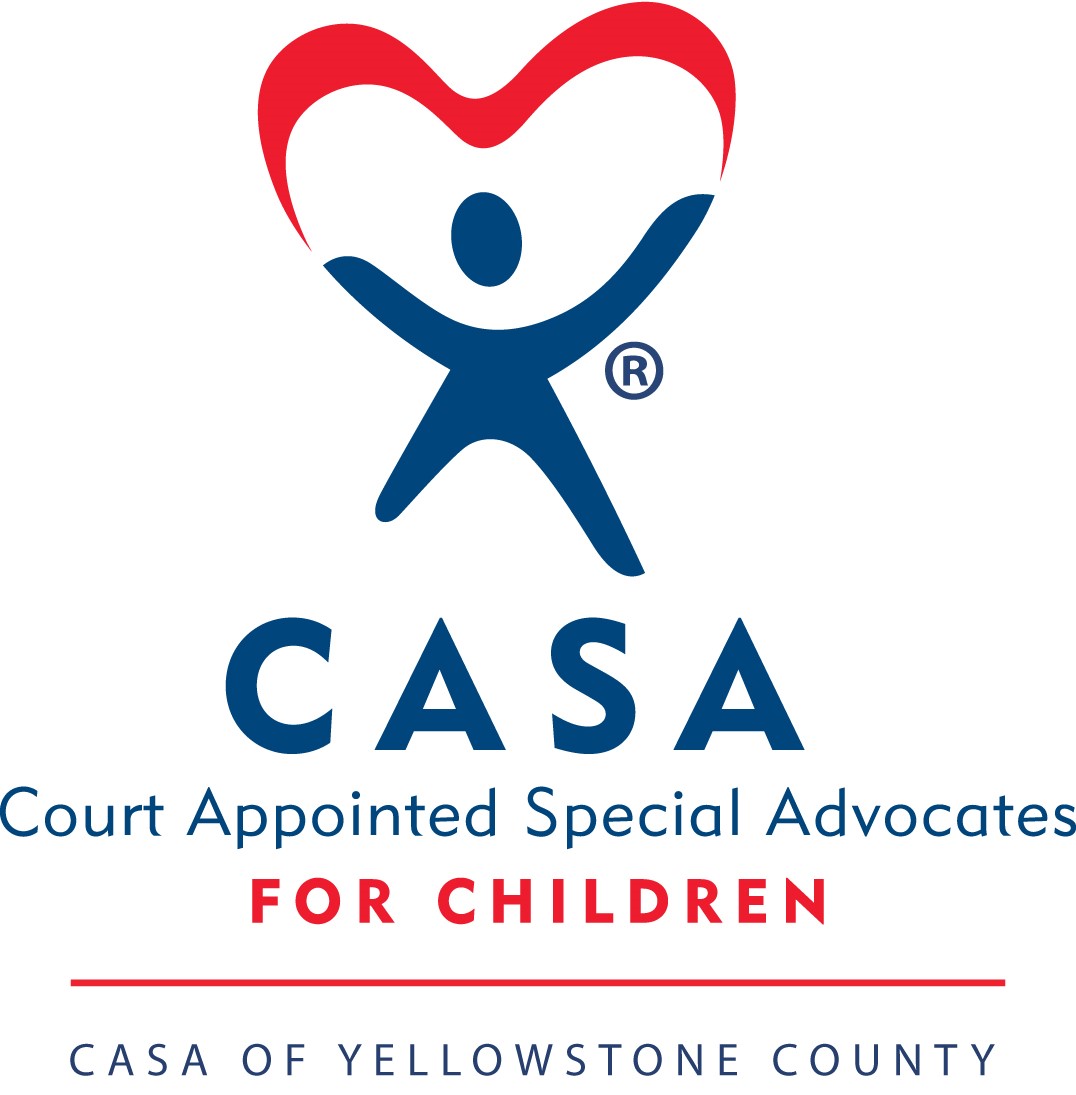I’ll admit it: I’m a bookworm. Any time I’m hoping to build my skills in any particular area, I’m likely to ask at some point, “Are there any good books about this?”
So when I dove into this world of CASA and all the emotions that we encounter throughout the course of our cases, I was excited to receive a recommendation for Crucial Conversations: Tools for Talking When Stakes are High by Kerry Patterson, Joseph Grenny, Ron McMillan and Al Switzler. This book, a quick read clocking in at 230 pages, is full of tips and tricks for hard conversations in all spheres of life — personal, professional, and volunteer.

Crucial Conversations: Tools for Talking When Stakes are High
What’s a Crucial Conversation?
The authors define a “crucial conversation” as any discussion in which there are high stakes, opposing opinions and strong emotions — just the kind of conversation that we have on a regular basis throughout our CASA work! The authors do an excellent job of reminding us that crucial conversations are not necessarily something to be avoided, but rather something to be tackled with skills that can be learned and honed through practice. Those tough conversations are not going to go away — in fact, sometimes they’re necessary in order to move towards permanency for our CASA kids. So let’s dive into a few pointers the authors give that will be useful in our own crucial CASA conversations.
Strategies for Success
We don’t always know when a conversation will become crucial — in fact, I am often blindsided by a conversation that I thought was a regular, run of the mill chat that somehow became infused with emotion and significance. In chapter 4 of Crucial Conversations, the authors remind us that any conversation can become critical over the course of the discussion, rather than always starting out “crucial.” The authors state that most people’s “style under stress” can be summarized as moving toward silence (shutting down and no longer contributing to the conversation) or violence (attacking the other person in the conversation or their viewpoints in an unhealthy way). By keeping an eye out for how we are reacting to stress and how others are doing the same, we are one step ahead of the crucial conversation and can be more in control of our response than if we are merely being swept along by the discussion.

Silence or violence can kill a conversation.
In chapter 5, the authors encourage us to work through this tendency towards silence or violence, on our parts and the parts of our conversation partners, by identifying a mutual purpose that we can build on or move towards. As CASAs, we can ask ourselves, “What do I really want out of this conversation? What does the other person really want? How can we move together toward this shared goal?” Sometimes, the shared goal is something as simple as the safety of the kids. When we choose to focus on how we can work together toward our shared goals, we can avoid a lot of anxiety and get closer to what we all really want.
Finally, chapter 6 is dedicated to our stories. We often tell stories to ourselves (and, sometimes, to anyone who will listen!) about why another person is acting the way they are. For example, I have heard from time to time, “That mom is just choosing her addiction over her kids.” Well, that may be true. But what Patterson, Grenny, McMillan and Switzler remind us is that there is more to each situation than the impression we get out of it. They remind us that we see and hear, then we tell a story to explain what we’re seeing and hearing, then we tell ourselves a story about the situation, then we feel, then we act. For example, we see a mother attending parenting time while intoxicated; we tell ourselves the story that the mother cares more about alcohol than about her son; we feel indignant on behalf of that child who deserves a sober parent; and, without thinking about it, we are rude or short with the mother during our next conversation. What if we were to stop ourselves a little earlier in that process the next time we see that mother? What if, before we address that mother, we investigate our feelings about the situation? Does she really deserve to be treated coldly, just because we’re frustrated about her relapse? And what about that story that she cares more about alcohol than her son? The authors implore us to ask ourselves, “Why would a reasonable, rational, and decent person do that?” when telling our stories in our heads. Is there another plausible explanation for why that mother attended parenting time while intoxicated? Did she experience a sudden trigger, or has she experienced loss in her life that led her to use because she lacks the coping strategies to deal with the stresses of life outside of using alcohol? While that doesn’t excuse the action of attending a parent time while intoxicated, it helps us to reach an understanding of that mother and keep us from running away with a narrative that paints her as an evil, unfeeling monster.

Self-reflection can be a valuable tool in crucial conversations.
On the flip side, the authors remind us to take a look at ourselves. We are not all angels in every interaction we have. With a little practice, we can begin to see our own role in contributing to the conversational problem at hand and adopt an attitude of humility. We can ask ourselves what we are pretending to ignore about our role in this conversation of silence or violence and move toward healthy interactions, leading to more and more successful crucial conversations throughout our advocacy experience.
Ashley Milsop is a Program Coordinator for CASA of Yellowstone County.





